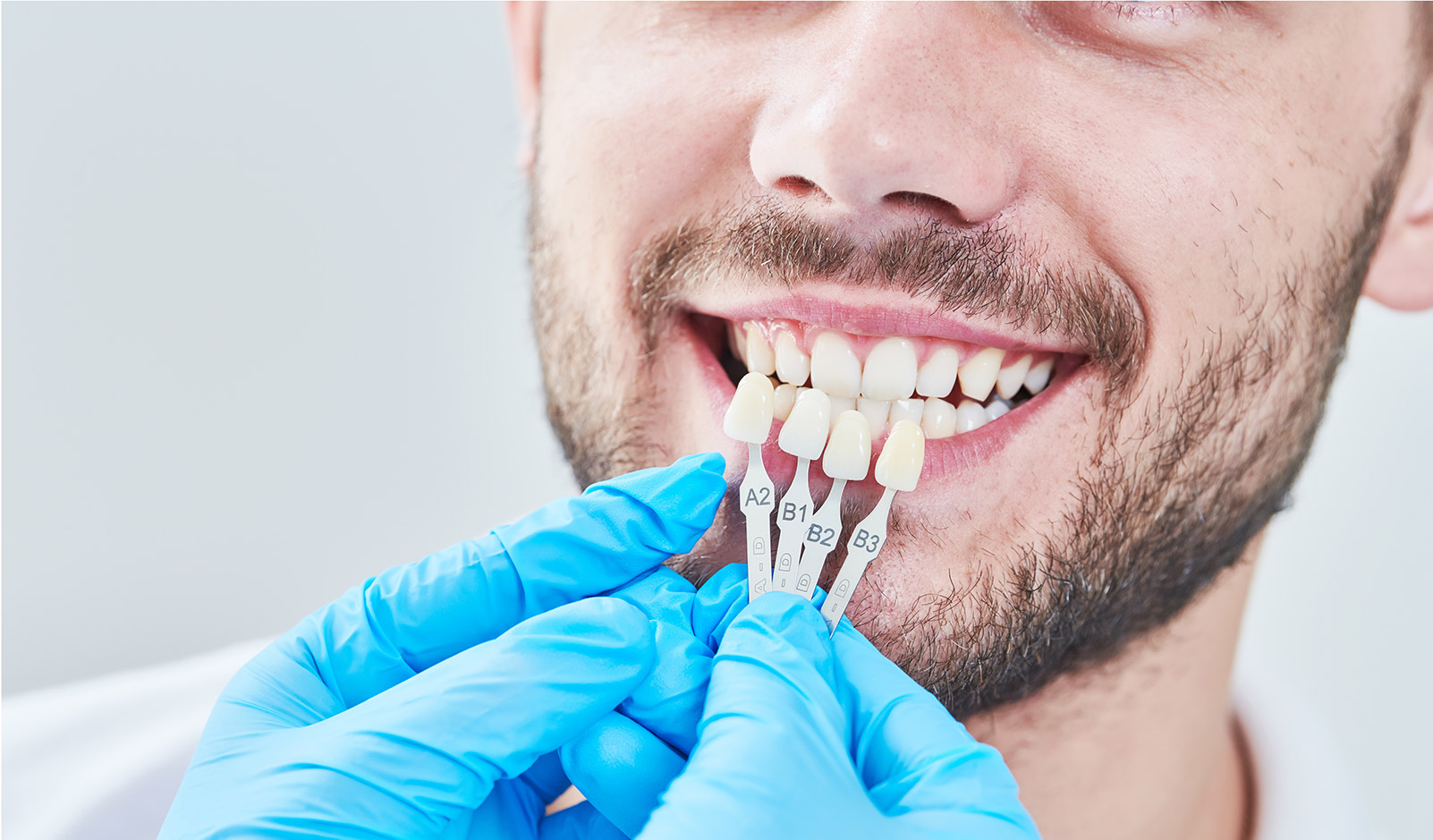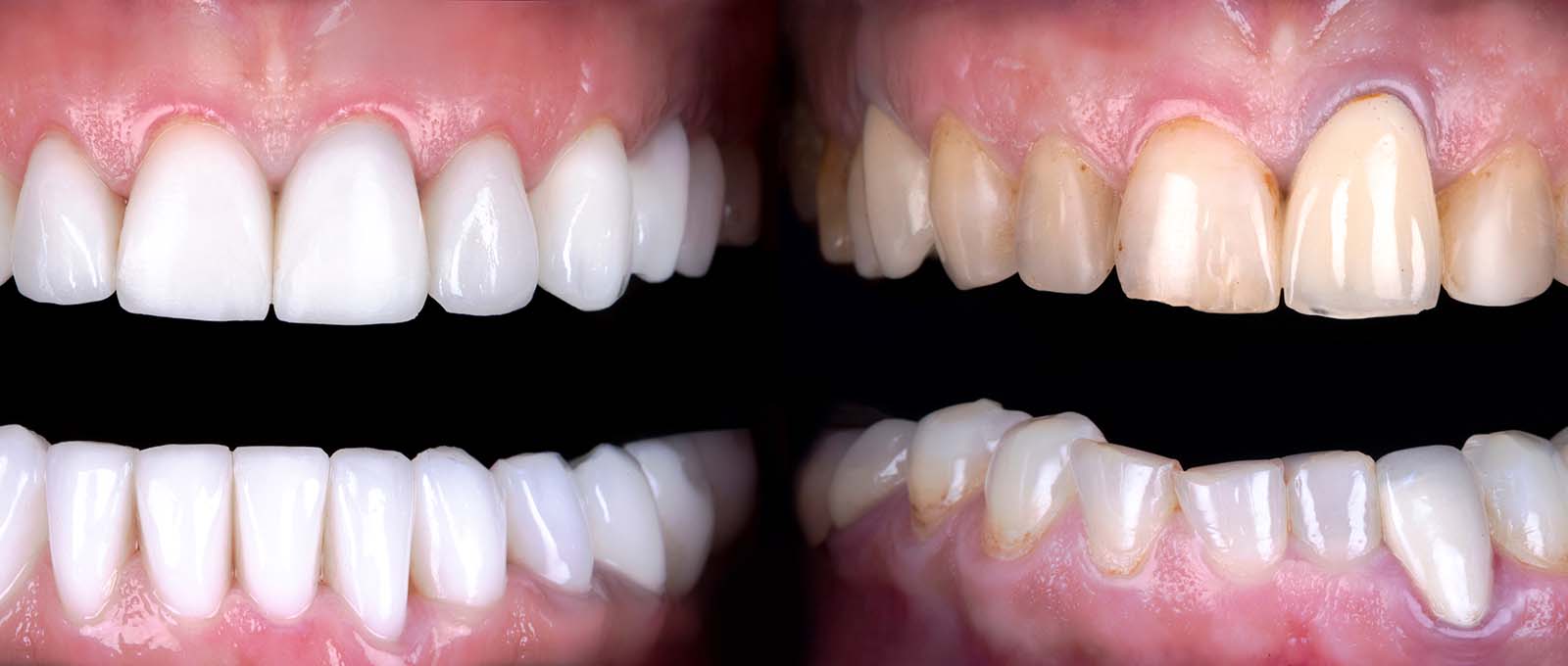While dental implants and veneers are widely recognized for their aesthetic benefits, their impact on bite functionality is equally significant. These dental solutions not only transform the appearance of one’s smile but also play a crucial role in improving bite functionality and overall oral mechanics. This article explores how dental implants and veneers contribute to a more functional and efficient bite.
Dental Implants: Restoring Functionality
Dental implants are designed to replace missing teeth and are anchored directly into the jawbone, mimicking the function of natural tooth roots. This integration with the bone is key to their effectiveness in restoring bite functionality.
Enhancing Bite Force and Chewing Efficiency
- Stability and Strength: Implants provide a stable base for artificial teeth, allowing for a stronger bite force compared to traditional dentures.
- Natural Feel: Since they feel and function like natural teeth, implants allow for more efficient chewing and a more natural eating experience.
Preventing Bone Loss and Maintaining Alignment
- Jawbone Preservation: Implants stimulate the jawbone, preventing bone deterioration that can occur with tooth loss.
- Alignment Maintenance: By filling the gaps left by missing teeth, implants help maintain the natural alignment of the remaining teeth, which is crucial for a proper bite.
Veneers: Enhancing Bite Functionality
Porcelain veneers, commonly used for cosmetic purposes, can also positively impact bite functionality. They are thin shells placed over the front of the teeth, designed to improve the appearance of the smile.
Correcting Minor Bite Issues
- Shape and Alignment Correction: Veneers can modify the shape and alignment of teeth, correcting minor bite irregularities.
- Uniformity and Balance: By creating a more uniform and balanced dental structure, veneers can contribute to a more even and functional bite.
Reducing Wear and Tear
- Protection of Natural Teeth: Veneers provide a layer of protection over natural teeth, reducing wear and tear from uneven biting or grinding.
Combined Benefits for Oral Mechanics
When used together, dental implants and veneers can significantly enhance oral functionality. Implants address the issues of missing teeth and preserve jawbone health, while veneers improve the alignment and appearance of the remaining teeth. This combination leads to a more balanced and effective bite.
Consulting a Dental Professional
It’s important for individuals considering dental implants or veneers to consult with a dental professional. A dentist can assess bite functionality and recommend the most appropriate treatment plan. This assessment will take into consideration the current state of the patient’s oral health, alignment, and specific functional needs.
Conclusion
In conclusion, dental implants and veneers do more than just improve the aesthetics of a smile. They play a pivotal role in enhancing bite functionality and overall oral mechanics. By restoring strength, alignment, and balance, these dental solutions contribute significantly to a healthier, more efficient bite, ultimately improving the quality of life and oral health of patients.











